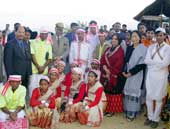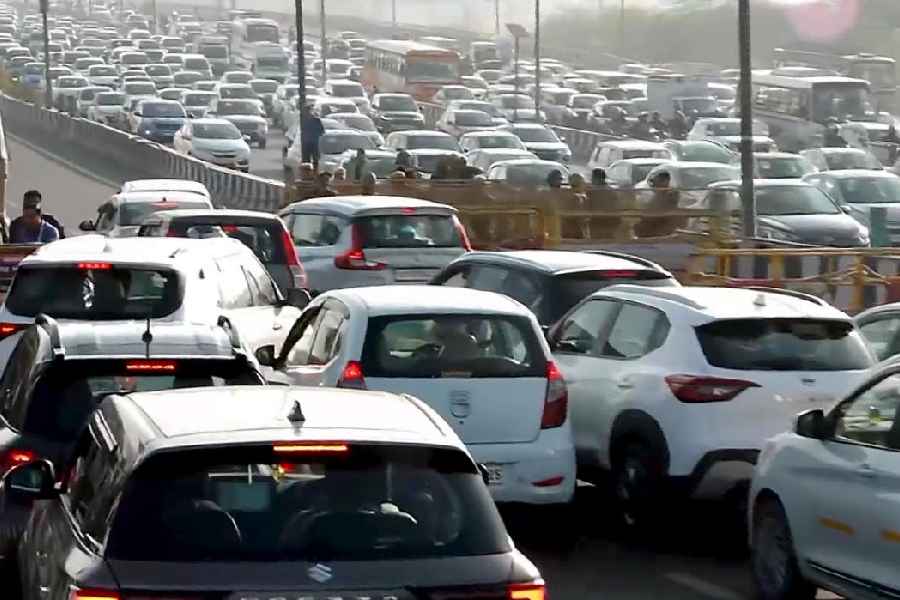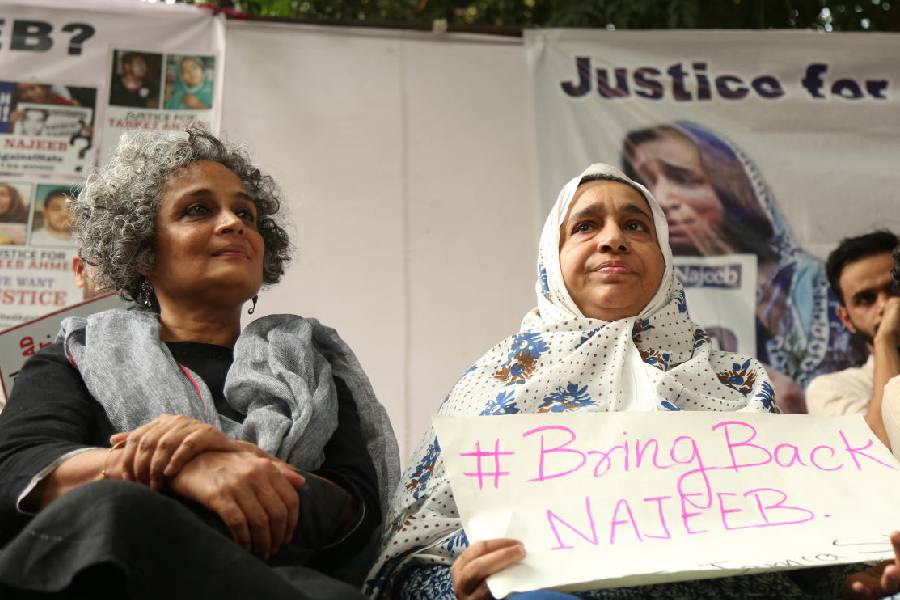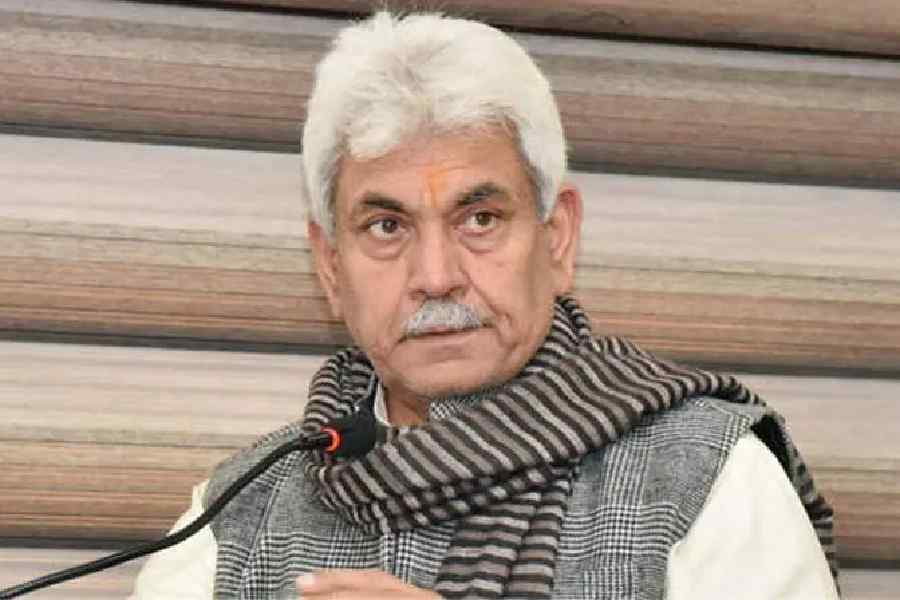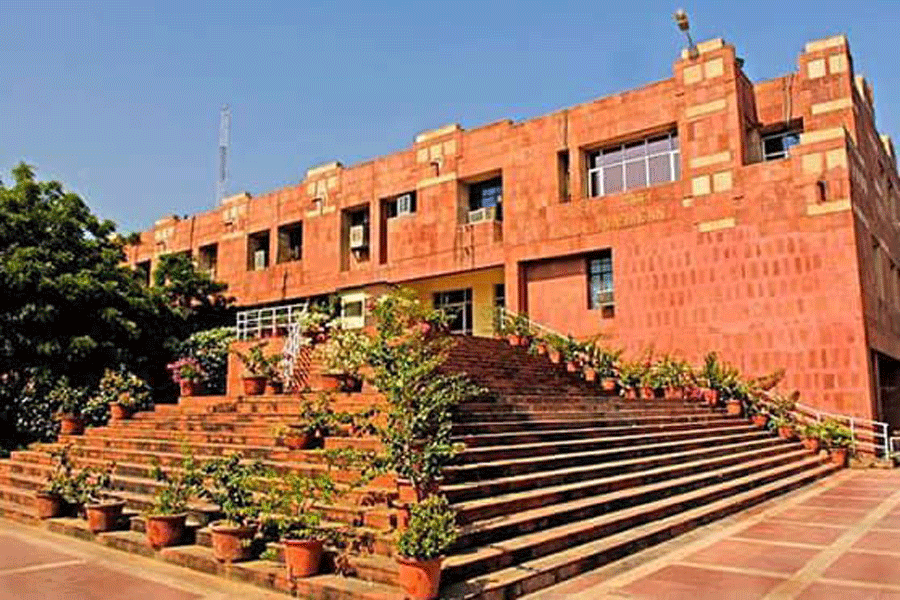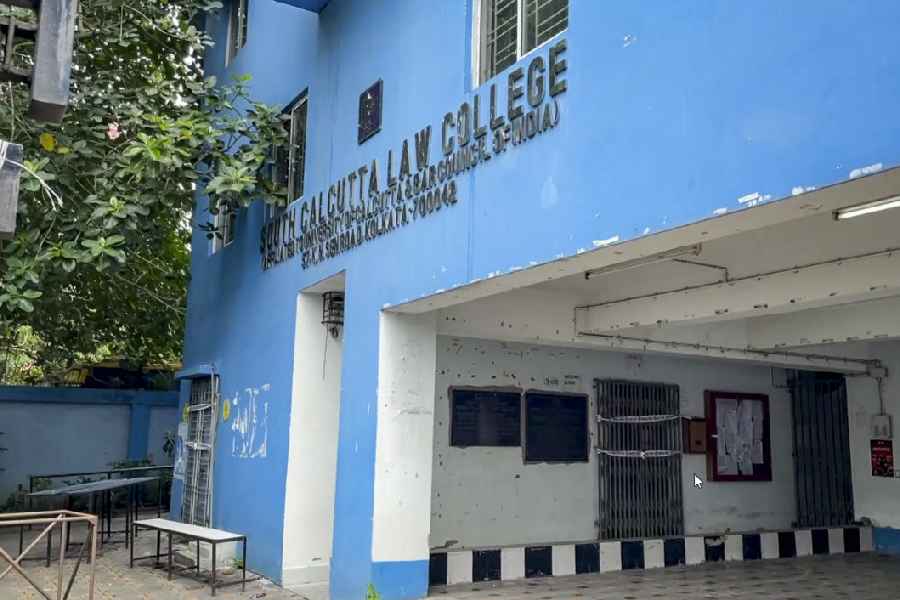|
|
| Architects in action |
?Development? can have an ominous ring to it, particularly if the project being planned is futuristic and the ?benefits? not entirely tangible to those for whom they are meant. In speeding up the implementation of the environmentally-daring and technologically-daunting Sethusamudram Ship Canal Project, the Central government and the Sethusamudram Corporation Limited, formed specially to execute the project, have subjected themselves to a lot of suspicion.
The project is supposed to construct a ?continuous navigation channel? connecting the east- and west-coast ports of India by dredging into the shallow waters of the Gulf of Mannar and the Palk Straits off the Tamil Nadu coast. This has raised fears about the Dravida Munnetra Kazhagam, a key ally of the United Progressive Alliance, taking a Promethean leap into an unchartered territory.
The 167 km-long channel, touted as the Suez of the East, is expected to be completed in three years at the cost of Rs 2,427.40 crore. It would, it is argued, obviate the need for ships sailing from the west to the east coast, or vice versa, to circumnavigate Sri Lanka. But the project, launched by the prime minister himself at Vandiyur near Madurai on July 2, raises more questions than it provides answers to.
The Tuticorin Port Trust tries to allay fears by insisting that the dredging technology is quicker and safer now. But is it all about dredging?
The ?dream? project has been in incubation since 1860, when it was first proposed as a ?link canal? by a British commander of the Indian Marine. In post-independence India, several committees, the first constituted by the Centre in 1956 under the chairmanship of Ramaswamy Mudaliar, have studied its viability. In the Sixties, the Sethusamudram was seen as a much-needed concomitant to the development of the Tuticorin port in order to attract larger vessels and contribute to the industrial development of its vast hinterland, along with the development of minor fishing ports in the region. In the hands of C. Annadurai, then chief minister of Tamil Nadu, the project also became a means to assert the economic rights of the state.
But soon all this was put behind and restricted to consultancy studies as Tamil Nadu got embroiled in a major river water controversy over the sharing of the Cauvery waters with Karnataka ? a controversy that remains unresolved after 32 years. This festering trouble is slowly but surely contributing to Tamil Nadu?s agricultural decline.
It was the Bharatiya Janata party-led National Democratic Alliance experiment at the Centre that brought the project to the limelight once again. It wormed its way into the NDA?s common minimum programme and was aggressively pushed by the no-nonsense chief of the All India Anna Dravida Munnetra Kazhagam, J. Jayalalithaa. Vaiko of the Marumalarchi Dravida Munnetra Kazhagam also lent his voice initially.
More recently, in May 2004, the project got included in the CMP of the UPA government. For this, Vaiko claims sole credit. He is supposed to have ?convinced? both Manmohan Singh and the Congress veteran from West Bengal, Pranab Mukherjee, and ensured that Sethusamudram found a place in the UPA?s CMP too.
But the MDMK decided not to join the UPA cabinet and the plum portfolios like surface transport and shipping eventually went to the DMK?s T.R. Baalu and environment and forests to another DMK nominee, A. Raja. Implementation of the Sethusamudram project thus became the DMK?s baby from day one in the new regime.
There was another factor. The vital finance portfolio went to P. Chidambaram, who was elected on a Congress ticket from Tamil Nadu. Little wonder that almost every speaker in the inaugural address complemented the Union finance minister for making adequate provision for the Sethusamudram in the Union budget. The project seems to have cemented the Congress-DMK bond.
Unwittingly, the best testimony for the Sethusamudram came from the UPA chairperson, Sonia Gandhi, herself. At the project inauguration she said, ?Dr Kalaignar Karunanidhi himself is one of the main architects of the UPA and he has helped guide our coalition over the past year. We continue to look to his guidance in the coming years.?
Yet the UPA in Tamil Nadu ? where it is the Democratic Progressive Alliance as fashioned by M. Karunanidhi before the last Lok Sabha polls ? finds itself at loggerheads over the true authorship of the Sethusamudram project in its latest avatar.
Reflecting this inner tussle, Vaiko?s partymen went to town with posters in Madurai proclaiming him as the ?architect? of the project. Meanwhile local Congressmen tom-tomed that had it not been for the UPA, that is the prime minister himself and the Congress president, this project would not have seen the light of day. The shipping minister, T.R. Baalu, sought to set the record straight by asserting that the ?chief architect? of the project was none other than his revered leader, Kalaignar Karunanidhi. He buttressed it with a big thanks to the UPA?s top leaders and his cabinet colleagues for implementing the project.
But this perceived Congress-DMK axis within the UPA has already irked Vaiko and the S. Ramadoss, the founder-leader of the Pattali Makkal Katchi. The latter kept away from the inauguration over seating arrangements. Even Vaiko, one learns, had to fight his way to be invited to be on the dais and rub shoulders with the UPA?s bigwigs. Karunanidhi took great pains to explain that the Sethusamudram project was a proof of how not only political parties, but even the seas could be brought together. But this was a hardly reassuring signal for the DPA allies. Not many were convinced by his analogy.
The impression, quite on the contrary, was that ?big brother? DMK was cornering all the glory for implementing the Sethusamudram project. And this has already ruffled the feathers of the PMK and the MDMK. Things could worsen and upset Karunanidhi?s tenuous wish to keep the rainbow alliance intact for next year?s assembly polls.
Nonetheless, the DMK has to confront more substantial questions on the environmental front. And this despite all the official avowals that the Sethusamudram project will address all the problematic ecological issues, including the threatened livelihood of thousands of fishermen in the six coastal districts close to the canal project area.
Amid all the elation over a major infrastructure project with implicit gains for India?s port development, trade and coastal security being kicked off, the prime minister himself struck a note of caution. He asked the project authorities led by the Tuticorin Port Trust to be ?mindful and respectful of Nature and the maritime environment of the channel.? ?We will also protect the livelihood of the fishermen,? he assured.
Sonia Gandhi was even more candid in her diktat to the project authorities. She said that the coral reefs in the Gulf of Mannar area, declared as a national marine park for its rich biodiversity and for being a natural and most productive breeding ground for fishes, had to be protected and preserved. This could be a tall order once the huge dredging machines begin to churn the ocean bed to throw out the silt and clay.
The tsunami-struck fishermen of Tamil Nadu are among the most vulnerable sections of society and their interests have to be protected while implementing the Sethusamudram project, insisted Sonia Gandhi in response to apprehensions expressed by NGOs including Greenpeace. These organizations argue that the pounding of the dredgers will diffuse the fishes far and wide, jeopardizing the daily catch of the coastal fishermen.
Tactfully, Jayalalithaa has already washed her hands off the project. She alleges that the final Environment Impact Assessment Study, done by the Nagpur-based National Environmental Engineering Research Institute, was based on insufficient data and that more detailed studies on certain other parameters of the project?s ecological impact had to be done, particularly after last December?s deadly tsunami. Thus choppy waves seems to await the DMK in the straits they want to deepen.

